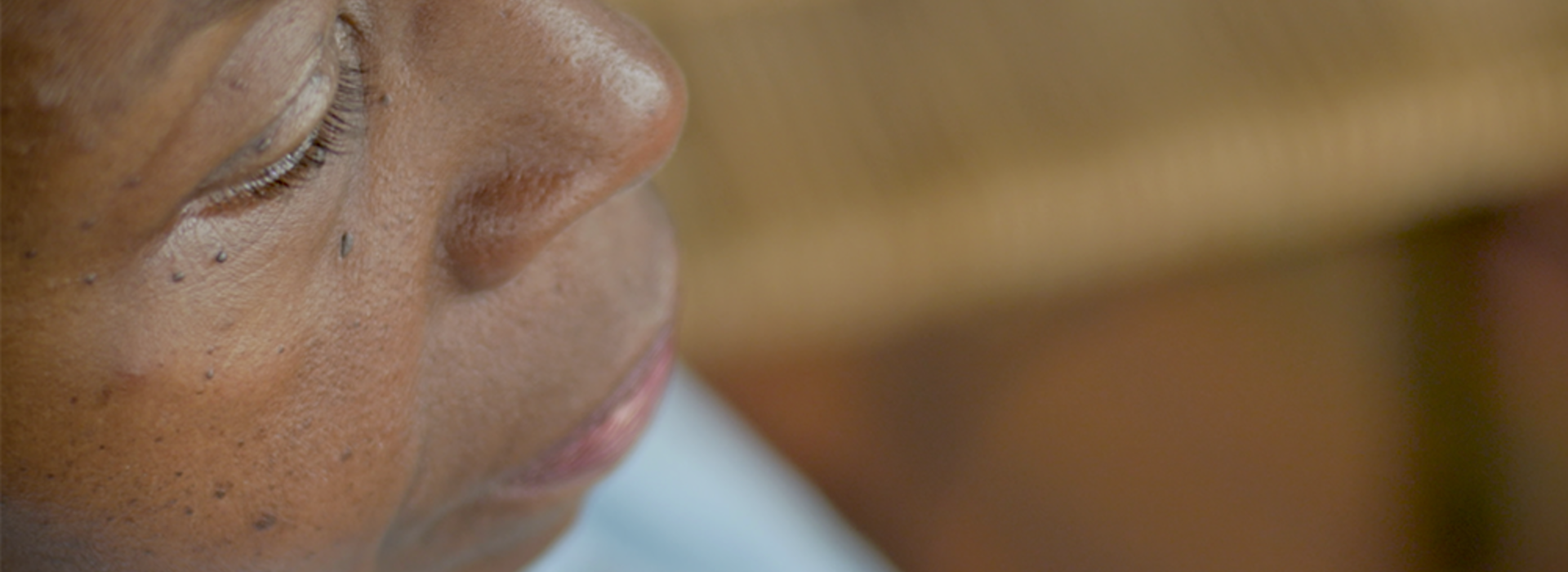
Researchers Control for Different Health Conditions While Studying Potential Racial Bias in COVID-19 Treatment
COVID-19 continues to highlight the glaring racial and ethnic disparities in healthcare. African Americans contract SARS-CoV-2 at higher rates and are significantly more likely to die from the disease. Some of the primary risk factors for COVID-19 are diabetes and obesity, and much of the current discussion has been about how underlying health conditions — and their clear relationship to systemic inequities and social determinants of health in the United States — contribute to disparities in COVID-19 mortality and outcomes. Yet, there still could be other, less-researched factors that play a role.
One of those could be implicit bias, also known as implicit social cognition, which refers to the attitudes or stereotypes that affect our understanding, actions and decisions in an unconscious manner. Jason Ricco, MD, MPH, assistant professor in the Department of Family Medicine and Community Health at the University of Minnesota Medical School, hopes to fill in a knowledge gap, since at the moment, little is known about the role of implicit bias among providers and healthcare teams in regards to the acute care for Black, Indigenous and People of Color (BIPOC) patients infected with COVID-19.
“Since I joined as faculty, part of my work has been conducting health services research. I completed a primary care research fellowship after residency before coming back here as faculty, so I’m definitely involved in lots of different areas of research primarily focusing on topics related to health disparities,” Dr. Ricco said.
Implicit bias isn’t easily measured, meaning external variables must be considered for researchers to obtain a comprehensive analysis. Previous research on COVID-19 outcomes has not performed modeling that controls for different health conditions, making Dr. Ricco’s work unique. He and his team, including Renee Crichlow, MD; Laura Miller, MD, MPH; Laura Johnson, MD; and Michael Miner, PhD, will primarily look at outcomes based on race and ethnicity after controlling for underlying health factors. To support their work, they received one of the Medical School's Rapid Response Grants to Reduce Racial/Ethnic Disparities in Healthcare.
“We’re attempting to indirectly measure implicit bias by controlling for all of the objective baseline factors that we can control for to look at whether or not there are residual racial disparities in mortality and outcomes. Obviously, it’s hard to measure implicit bias directly, but the idea is that if we control variables that we can actually control for, then this could uncover potential bias on the part of individual providers or care teams,” Dr. Ricco said.
Health conditions can be placed on a measurable scale much more easily than implicit bias, allowing Dr. Ricco and colleagues to look for trends or outliers. The work will be aided by previously collected data, as he will have access to the entire M Health Fairview patient data repository on COVID-19.
“For some conditions, especially like diabetes, we’re also going to attempt to control for the severity of the disease. We will look at blood sugar control, and for obesity, we would stratify for body mass index. After accounting for all of those things, we’re going to be measuring if there’s still a residual impact based on race for the outcomes that we’re seeing,” Dr. Ricco said.
Implicit bias is harmful because it impacts individual conversations and decisions between providers and patients. For example, it has the potential to be a determining factor in whether or not an experimental treatment is offered, or it could impact timelines by delaying the moment when a provider initiates discussion about if a certain intervention is appropriate. There is also concern for how bias may impact conversations regarding code status or goals of care.
“We’re trying to tease out whether or not there are differences in those kinds of conversations about treatment decisions, and if so, that’s obviously a huge problem,” Dr. Ricco said.
The findings will hopefully inform providers and the public on why these health disparities are so prevalent, as well as what to do about it.
“If we do find that there are differences, I think that’s going to require further exploration, further training and us bringing it to the light of the health system as a huge problem that we need to address. It depends on which direction our outcomes go,” Dr. Ricco said.